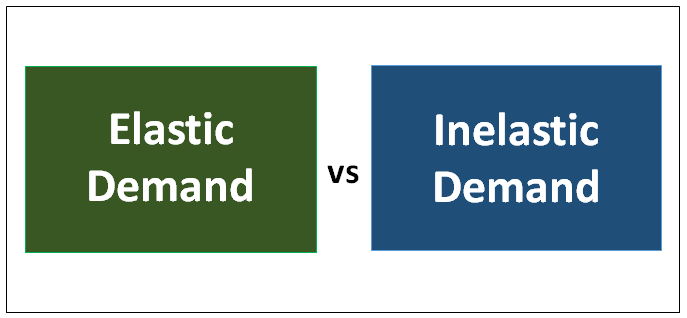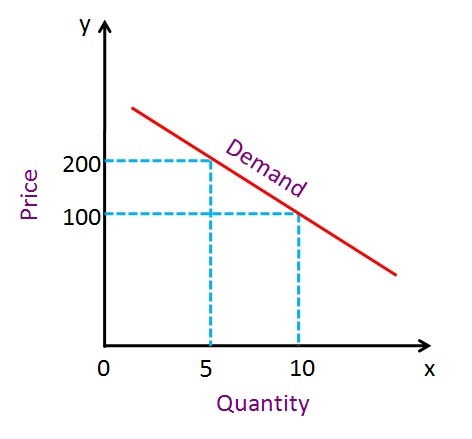What is the difference between elastic and inelastic demand?
Economics and marketing tend to be challenging to learners due to the use of terms such as elastic demand and inelastic demand.
These two terms tend to differ although they are commonly used in demand. There are some factors that make them sound much different.
The lesson provides the difference between elastic and inelastic demand with examples to make things much easier as well as clear for the learners.

What Is Elastic Demand?
Elastic demand is the demand that changes as the price either increases or decreases. It is also known as price elasticity of demand. The type of demand tends to be price-sensitive.
For example: If the price of the commodity increases then the demand for the commodity will decrease as many consumers will switch to the alternatives.

What Is Inelastic Demand?
Inelastic demand is a type of demand where the fluctuation of prices does not affect the demand of the commodity. The type of demand is not price-sensitive.
Some of the commodities that experience inelastic demand are habitual products such as liquor and cigarettes. Also, necessity products like water, salt, soap, petrol experience such demand.

Comparison Chart: Elastic Demand Vs Inelastic Demand
| Basic Terms | Elastic Demand | Inelastic Demand |
| Meaning | Refers to change demand of product due to changes in the price | Refer to the demand for goods or services that do not change despite slight changes in price. |
| Quantity | Can increase or decrease depending on the price fluctuation | Tend to remain the same |
| Products | Luxury and comfortable goods | Habitual and necessity products |
| Curve | Shallow | Steep |
| Elasticity Quotient | More than 1 | Less than 1 |
| Price and Total revenue | Move-in the opposite direction | Move-in the same direction |
Core Differences Between Elastic and Inelastic Demand
- Elastic demand is where a small change in price results in a greater change in demand whereas inelastic demand where the demand remains the same regardless of changes in price.
- The curve of elastic demand is shallow while that of inelastic demand is steep
- The elasticity quotient of elastic demand is greater than one while that of inelastic demand is less than one.
- The price and total revenue of elastic demand move in the opposite direction while that of inelastic demand in the same direction
- Elastic demand products are luxury and comfortable while those of inelastic are habitual and necessity
- The quantity under elastic demand can increase or decrease while that of inelastic tend to remain the same
You May Also Like:
- Difference between Zip Code and Postal Code
- Difference between Training and Development
- Difference between Code of Ethics and Code of Conduct
Comparison Video
Summary
Elastic demand illustrates how changes in price affect the demand for commodities in luxury and comfortable sector while inelastic demand demonstrates how a change in price does not affect the demand of habitual and necessity products. The core difference between elastic and inelastic demand is an illustration of the price changes against the demand of the commodities.
More Sources and References
- Elasticity and Inelastic Demand. Investopedia
- Price Elasticity and Inelasticity. Khan Academy